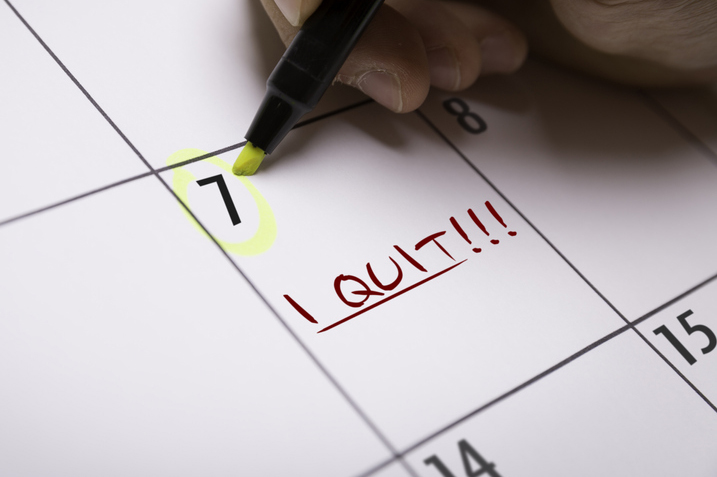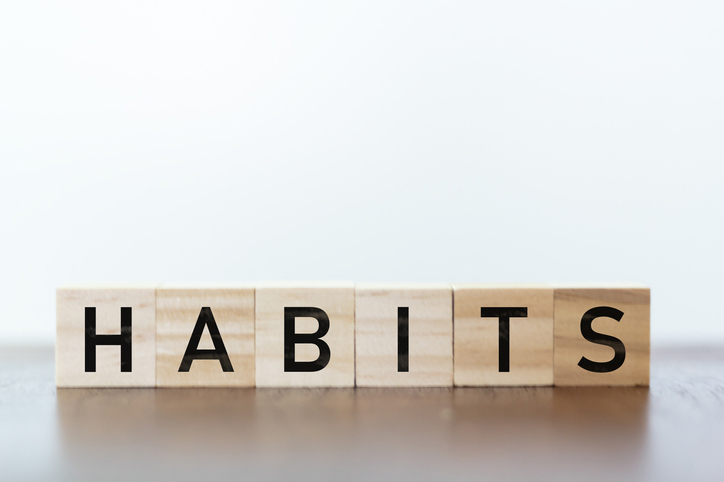Life has ups and downs strung together by an endless sea of decisions. Sometimes our decisions are inconsequential. “What should I eat for dinner tonight?” Other times, decisions can bear some pretty significant consequences for our futures, like whether or not we should go back to school. Decision fatigue sneaks up on some of us, making difficult decisions harder to make on a day-to-day basis. So here are 5 tips for making difficult decisions.
5 Tips for Making Difficult Decisions
1. Don’t Avoid the Decision
The overwhelming pressure of making an important decision can leave you feeling paralyzed. So instead of facing the difficulty and deciding something, it seems easier to avoid it altogether. Why face something so stressful when we can put it off for the absolute last minute? But avoiding a decision is, in fact, making one. Procrastinating on a decision is the active decision to not decide. (God, what a convoluted sentence. Sorry!) But once you realize that avoiding a decision is, in fact, a type of decision, you will start to see it as the less attractive option available.
2. Distance Yourself
Okay, I know I just said that avoiding a decision is bad and then immediately said that you should distance yourself from it, but I don’t mean you should run away from your decision. Distancing yourself from a decision means taking a step back and reevaluating things. It’s easy to let fear and anxiety cloud our judgment, so try using different language when deciding. Instead of deciding for yourself, view it as helping a friend make a decision. That new perspective and degree of separation might lead to a new insight you might not have realized beforehand.
3. The 10/10/10 Method
Gaining insight and a new perspective when trying to make a difficult decision can make something that felt impossible to decide much easier. One of the best ways to look at a decision in a new light is the 10/10/10 method. How will you feel about your decision in 10 minutes, 10 months, 10 years? Working out a difficult decision through the 10/10/10 method helps us remove emotions from the equation. It lets us take a step back and analyze the short-term and long-term consequences of our decision. Again, it gives us that distance I mentioned earlier. This method separates us from the overwhelming stress and anxiety attached to making difficult decisions and helps ease the process. It may not give you a definitive answer to your problem, but it can help get you to one.
4. The Pros, The Cons, The Weight of It All
Making a pros and cons list is probably the cliche thing most people do when racked with a difficult decision. It’s the easiest thing to do, so it can’t hurt, but it’s not as effective a tool as you might think. For example:
Do I go back to school? Some pros would be 1. Getting a Masters 2. Career Advancement 3.) Higher Earning Potential. The cons would be 1. More Debt 2. Going Back to School 3. Juggling Class and Work.
It helps articulate the problem you are facing, but it lacks any way to show how important certain things are. Adding a weight value to your pros and cons list will help highlight what is important to you. On a scale of 1-10, add a weight to each of the pros and cons. For example, does going into more school debt outweigh the future career advancement and earning potential? While this weighing system might not give you an answer, it helps account for the things you deem important.
5. Trust Your Gut
I’ve said it a few times already, but a big key in making difficult decisions is separating your emotions from them, but sometimes your emotions are right. Your intuition and gut are screaming at you to listen to them. Some of the biggest decisions I’ve made in my life were made by my gut. Moving across the country in the middle of the pandemic was no easy thing, but I have grown a lot because of it and would do it all over again in a heartbeat. So sometimes, deep down in your gut, you know the answer to your decision, and you must take that leap of faith and trust it.
Decisions, Decisions, Decisions
Half of adulthood is cleaning your kitchen. (I swear, I am always loading my dishwasher.) The other half is making decisions. Some decisions are easy, like having tacos for dinner. Some are hard, like deciding what TV show to watch at night. And some decisions leave us paralyzed and overwhelmed. Like most things in life, decision-making is a skill you can cultivate. Practice might not make perfect, but it will make better. So practice some decision-making methods for easier decisions, so when life throws you a curveball, you’ll be ready.





[…] Respond: Instead of impulsively reacting to emotions, choose how you will respond. Sometimes that means taking some space to mull over your options before deciding. […]